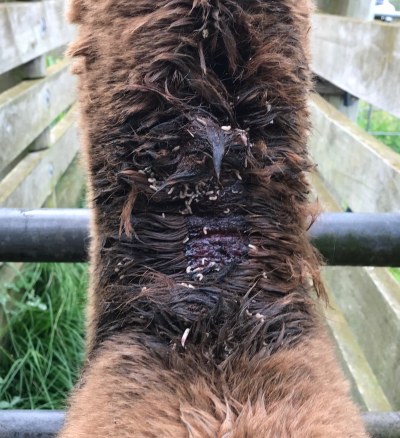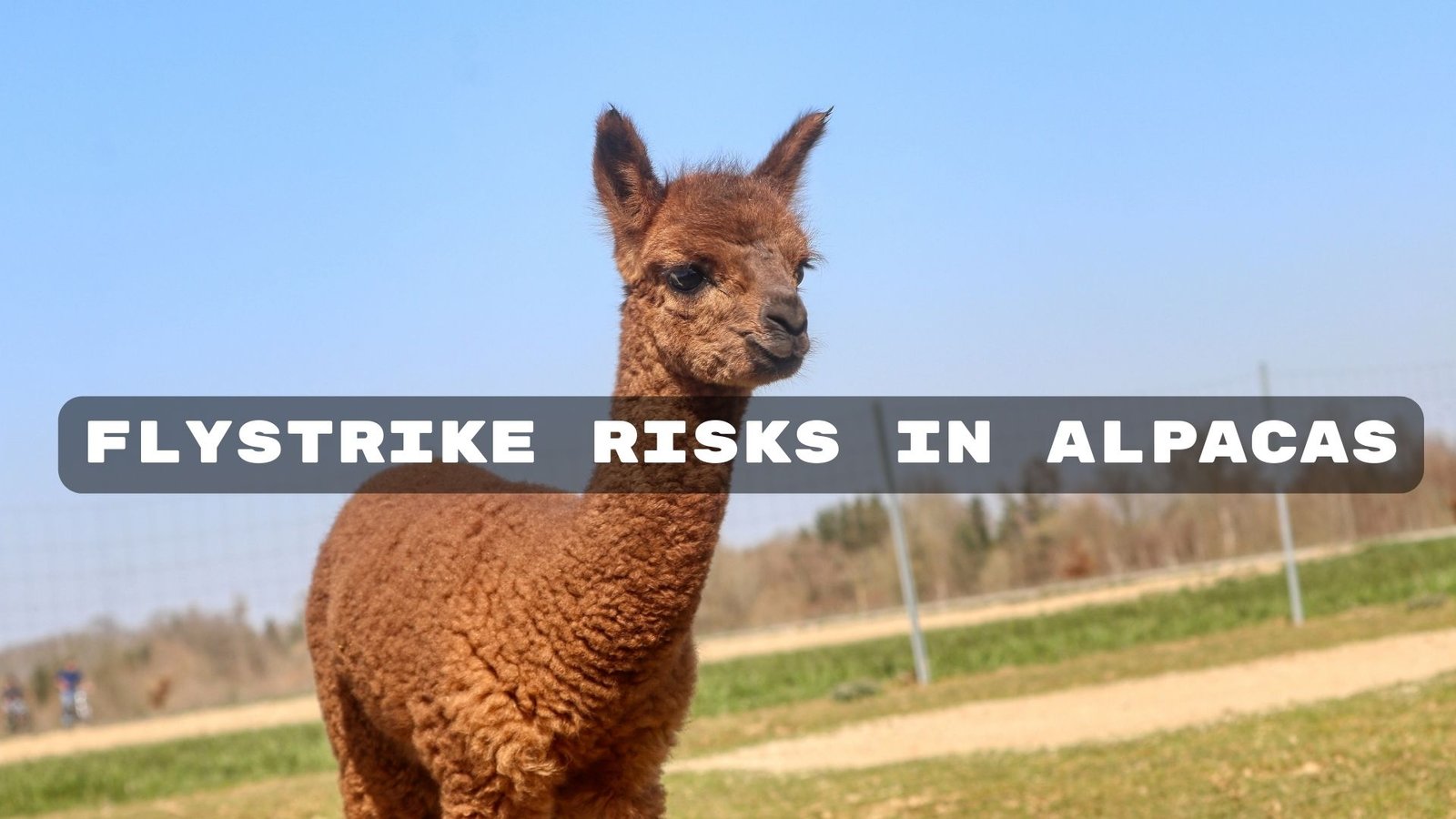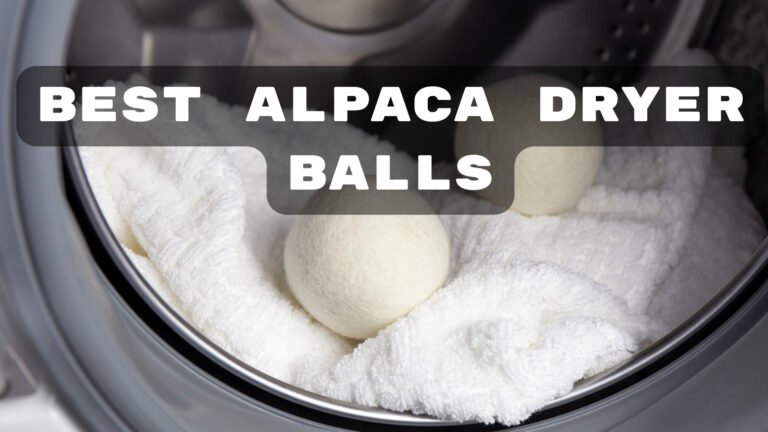Managing Flystrike Risks in Alpacas: Prevention and Recognition Strategies
If you’re an alpaca owner, you’re likely well aware of the various health concerns these adorable creatures may face. One question that often pops up is, “Do alpacas get flystrike?” It’s a valid concern, as flystrike can be a serious, even fatal condition in many animals.
Flystrike, also known as myiasis, is a parasitic infestation caused by flies laying eggs on the animal’s skin. The hatched larvae then burrow into the skin, causing discomfort and potentially leading to severe infections. But does this affect alpacas? Let’s delve into the topic and find out.
Understanding the risks and preventative measures associated with flystrike is crucial for maintaining the health and wellbeing of your alpacas. So, stick with me as we unravel the mysteries of flystrike and alpacas.
Key Takeaways
- Alpacas, like other animals, can contract flystrike, a potentially fatal condition caused by flies laying eggs on the animal’s skin. The hatched larvae burrow into the skin, leading to significant health issues.
- Flystrike is not species-specific and depends on the environmental conditions. Alpacas become susceptible to it when they have untreated wounds, or live in damp, unclean conditions that attract flies.
- Around 60% of infected alpacas recover with immediate treatment, 30% suffer extensive health issues, and 10% die due to complications. Therefore, it’s crucial to detect and treat the condition promptly.
- The risk of flystrike can be effectively reduced by maintaining hygiene, conducting regular health checks, and ensuring proper disposal of waste. Regular shearing, especially before the fly season, also helps prevent the condition.
- Using repellents and treating any wounds on the alpacas promptly can substantially decrease their susceptibility. It’s important to consult a vet before applying any product.
- Climate and regional practices can impact flystrike incidence in alpacas, necessitating heightened vigilance during warmer months when fly populations increase.
What is flystrike?
If we are to successfully navigate the world of alpaca health, a solid understanding of the parasites and diseases that can affect our fluffy friends is paramount. In the forefront of our today’s exploration, we’ve got flystrike.

You might be wondering, what is flystrike? No worries—I’m here to shed some light. Flystrike is a particularly nasty condition that occurs when certain types of flies settle on an animal’s body and lay eggs. Now, I don’t mean a casual ‘as they pass by’ kind of landing. It’s the sickening ‘let’s set up camp’ variety. The flies won’t even mind if the animal is alive or not.
When the eggs hatch—which usually takes only one day, making this a rapid process according to scientist’s findings—the newborn larvae, aka maggots, start feeding on the animal’s tissues. Yeah, it’s as gross as it sounds.
You must be wondering what kind of flies are we dealing with here. In majority of cases, these are blowflies (also known as bottle flies or green flies), and they’re attracted to damp, unclean conditions and wounds. That’s why animals are at a high risk of flystrike if they’ve got infected wounds, untreated diarrhea, or in the case of alpacas, heavily soiled wool.
When discussing flystrike, it’s key to note that it’s a painful, often deadly, condition. If not caught and treated early, it can lead to toxic shock and the animal’s death. That’s why flystrike prevention is so important.
The good news is that we can indeed lower the risk of flystrike. There are a few preventive measures that we as alpaca owners can take. We’ll delve into those details in the next segment of our discussion.
Flystrike in alpacas: Is it a concern?
As the primary caretaker of these gentle creatures, it’s understandable if you’re biting your nails over the thought of your alpaca contracting flystrike. Fret not, I’m here to dispel your doubts and fears about this issue. So, is flystrike a serious concern for alpacas?
Absolutely. It’s a threat that shouldn’t be taken lightly as it can lead to significant health issues – even death if not addressed promptly.
First off, you should know that alpacas, like any other animal, can get flystrike. It’s not a matter of innate immunity or species-specific resistance. It boils down to the environmental conditions that they’re subjected to. If your alpacas have wounds or are kept in damp, unclean conditions, they become virtual magnets for blowflies – the main carriers of flystrike.
Here are some alarming statistics that highlight the gravity of the issue:
| Alpacas affected with Flystrike | Outcome |
|---|---|
| 60% | Recover with immediate treatment |
| 30% | Suffer extensive health issues |
| 10% | Die due to complications |
Let’s knock on wood hoping you’re not among the troubled herd owners contributing to these statistics, and I’ll guide you on how to prevent this parasitic infestation.
The first step in prevention is eliminating what attracts the flies in the first place. Ensure your alpacas’ living quarters are clean and dry. Wet and dirty environments are perfect breeding grounds for blowflies. Routine inspection and prompt treatment of any wounds is a must. Efficient disposal of waste should not be compromised on.
When it comes to dealing with flystrike, the old saying “prevention is better than cure” rings especially true. Controlling the fly population around your alpacas can dramatically reduce the risk. Employ fly traps, use repellents, and install screens in barns to keep the flies at bay.
The risks of flystrike in alpacas
Flystrike is a major concern for alpaca owners and shearers alike. As previously mentioned, 60% of infected alpacas recover with immediate treatment while 30% suffer extensive health ailments. Further, a shocking 10% succumb to the complications of this deadly infestation. Flystrike is not just an irritant; it’s a potential lifethreatening condition. It’s a painful ailment, sapping the life out of these gentle creatures while causing tremendous discomfort.
| Infested Alpacas | |
|---|---|
| Recovered with Immediate Treatment | 60% |
| Suffered Extensive Health Ailments | 30% |
| Succumbed to Complications | 10% |
There is undisputed evidence to show that flystrike affects the quality of life and overall health of alpacas tremendously. One must remember, each alpaca has its own unique health story and these numbers may not always represent every case.
The season also plays a vital role in this matter. Warmer months invite a higher fly presence and resultant increases in incidences of flystrike. This means alpaca owners need to be extra vigilant during those times. Not to forget, the climatic conditions and practices in different regions may vary the frequency and spread of this horrible condition.
In addition to this, let’s not turn a blind eye to their living conditions. Poor hygiene, unclean and damp living quarters are the ideal breeding grounds for blowflies. They relish in it, breeding at an alarming rate. This is something we can definitely control. Make it a practice to regularly clean up the habitat of your alpaca herd.
While it’s crucial to be aware of the statistics, it’s equally important, if not more, to understand and act on the prevention part. There’s a host of preventive measures that can be enforced. As an alpaca owner, the power is in your hands to halt this dreadful disease from inflicting your herd.
In the forthcoming section, we’ll delve deeper into the prevention tactics that are effective at controlling flystrike.
Preventative measures for flystrike in alpacas
As someone deeply vested in the well-being of animals, I’ll stress this—prevention is the best solution when dealing with flystrike in alpacas. As we’ve already established, these infestations can be life-threatening, causing substantial discomfort, and negatively impacting the health of alpacas. But luckily, there are a number of strategies alpaca owners can put into practice to prevent flystrike.
One fundamental preventative measure is maintaining a clean environment for your alpacas. This includes regular cleaning of their living spaces and ensuring proper disposal of waste products. Cleanliness is key to preventing fly larvae from breeding and, subsequently, reducing the chances of flystrike.
It’s also important that we emphasize shearing, which can significantly lower the probability of flystrike. Regular shearing keeps the wool shorter, making it less inviting for flies to lay eggs. According to veterinary experts, shearing should ideally happen before the fly season begins.
Further, regular health checks provide an opportunity to detect any signs of flystrike early and treat it effectively. Remember, the chance of survival rises drastically with early detection. Prompt treatment ensures that most alpacas—approximately 60%—recover from an episode of flystrike.
Another crucial preventative measure we should talk about is the administration of repellents. Insecticides and fly repellants can discourage flies from landing on and infesting alpacas. However, it’s of paramount importance to consult a vet before choosing and applying any product, since not all products are safe or effective.
Finally but perhaps most critically, remember prompt treatment of any wounds or sores. Flies are attracted to these sites and they provide a perfect environment for them to lay eggs. So immediate attention to any injuries is a must.
Implementing these strategies can significantly decrease the chances of flystrike. Remember, our goal is to keep alpacas healthy and comfortable. Every, single measure counts.








Our picks
Alpaca & Wool Felted Sole Inserts: Comfy Upgrade?
Best Alpaca Socks for Hiking: Ultimate Comfort and Durability on Trails
Best Alpaca Halter for Comfort and Control